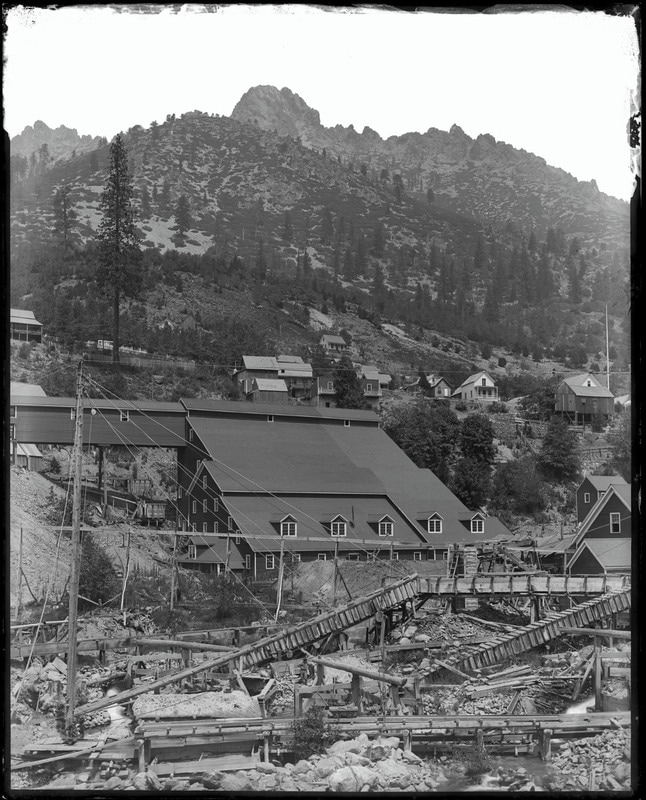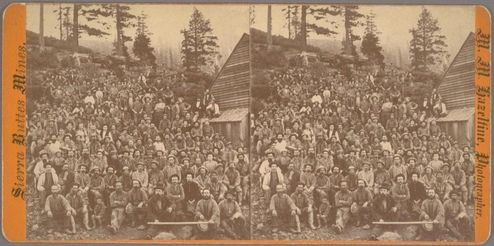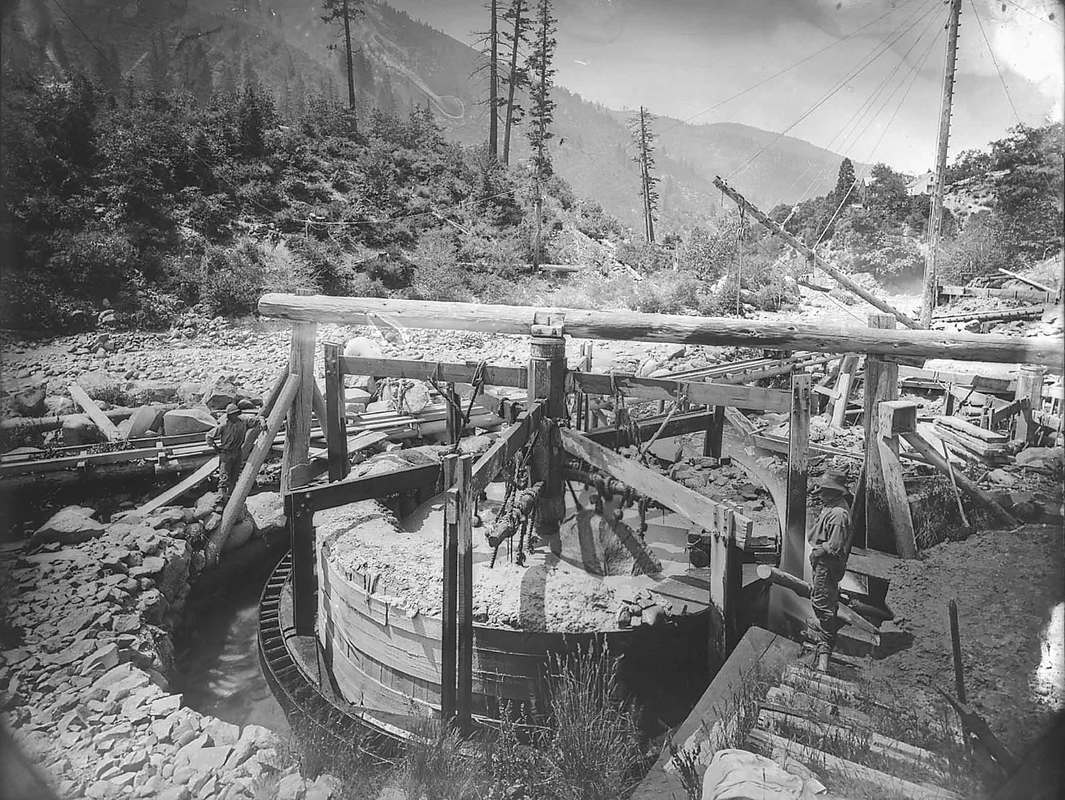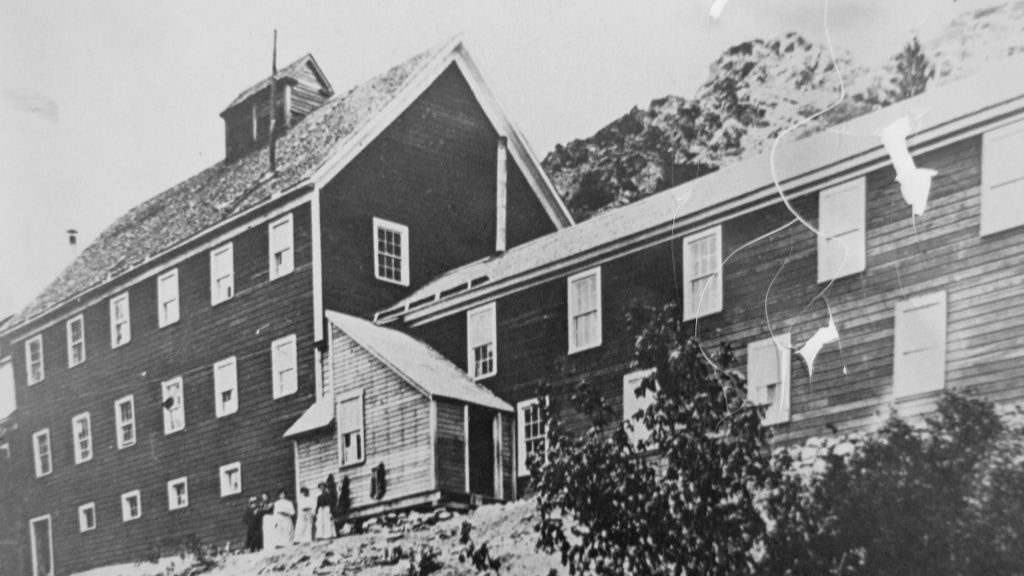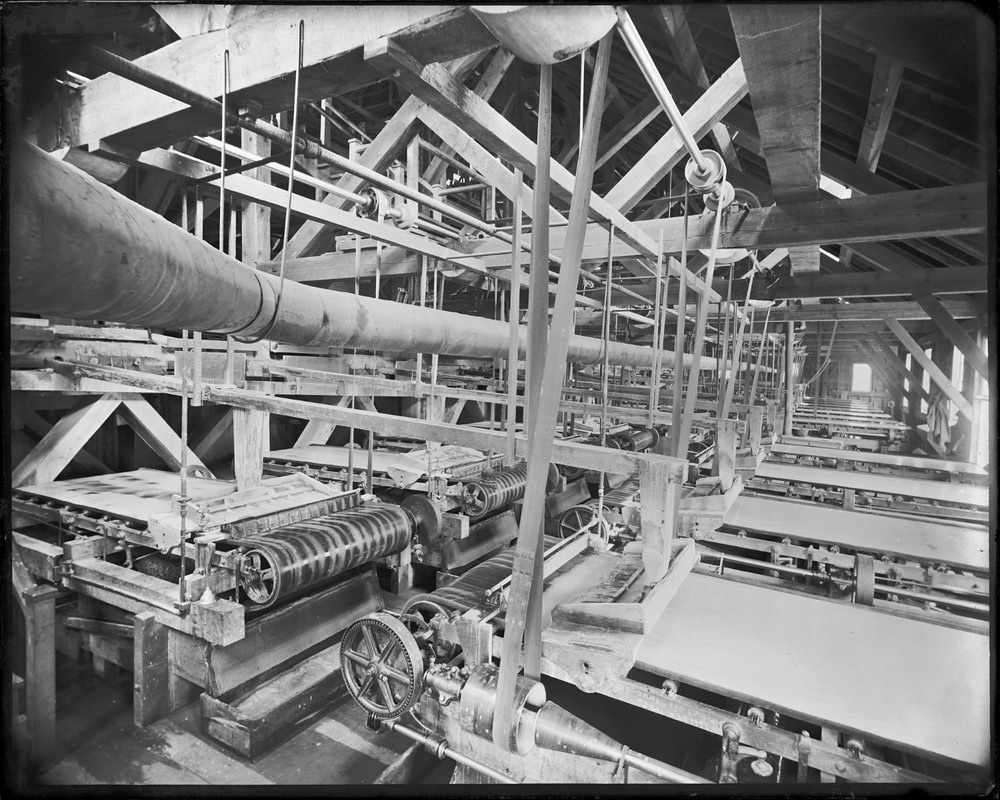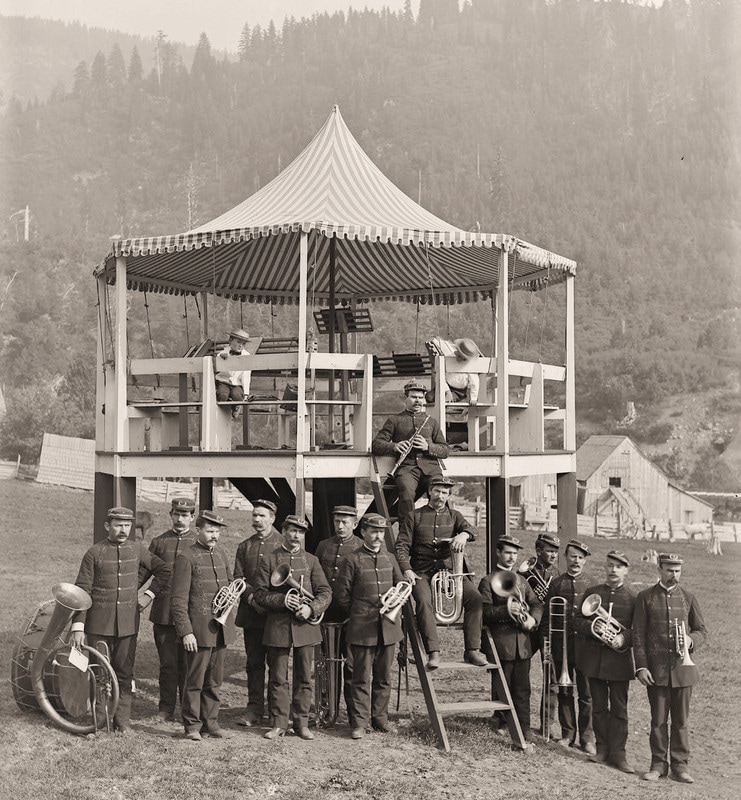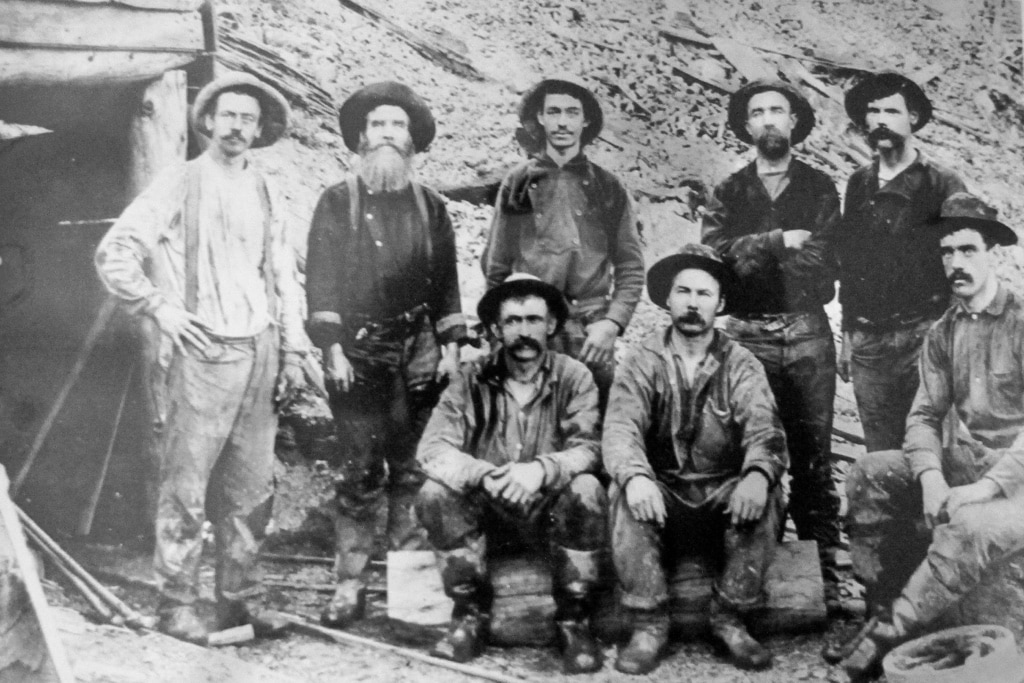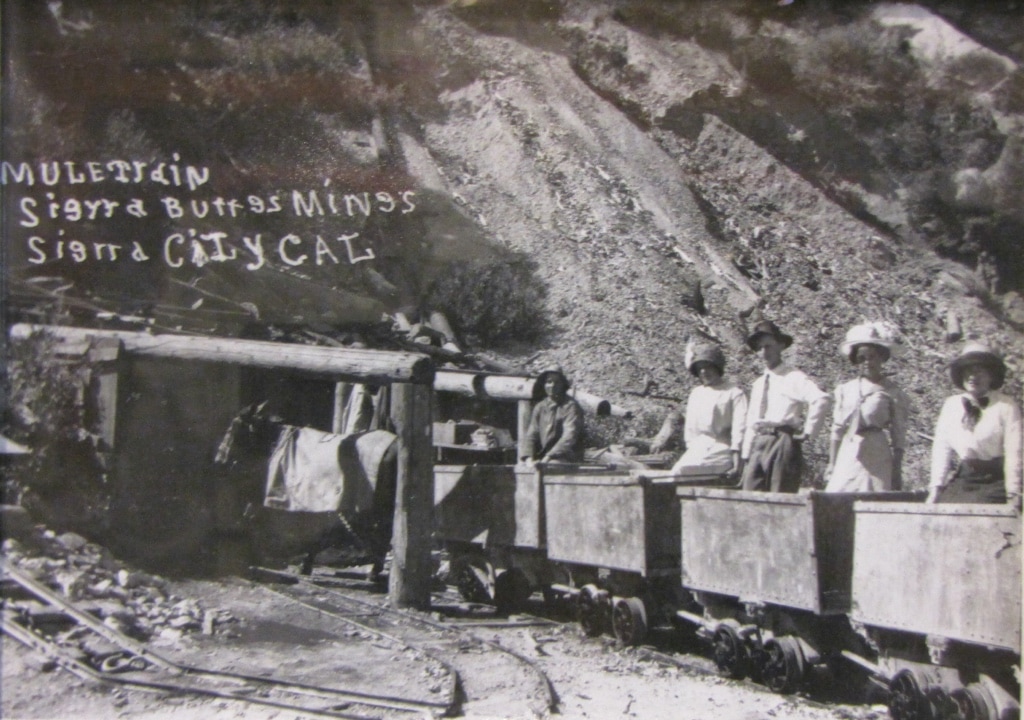Sierra Buttes Mine
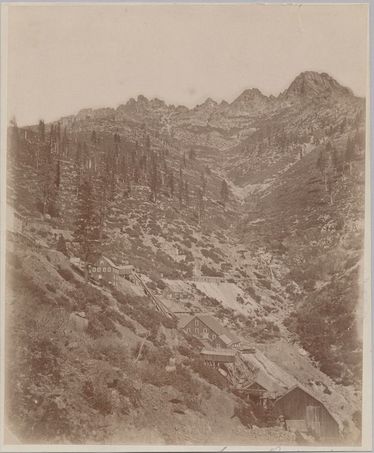 Sierra Buttes Mine - Courtesy of the Bancroft Library
Sierra Buttes Mine - Courtesy of the Bancroft Library
The Sierra Buttes or Reis mine was located on the steep rocky side of the southern exposure of the rugged Sierra Buttes Mountain which is the highest and most prominent peak in Sierra County with an elevation of 8,600 feet. The mine was at an altitude were winters and deep snows were quite severe. The mine had it's beginning in 1851 and continued to grow and prosper for many years. This was one of the biggest and well managed quartz mines in California. The mine was owned by the Sierra Buttes Company whose board of directors and head office were located in London. The mine employed an average of 240-280 miners over the years who earned $2.50 to $3.00 dollars per day in wages.
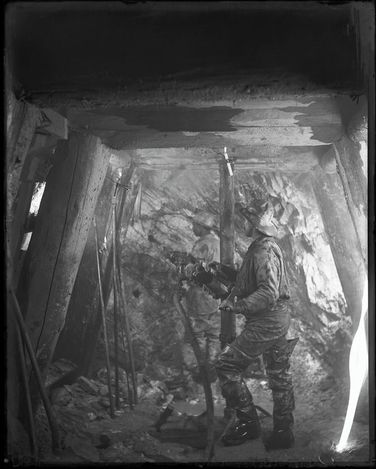 Sierra Buttes miner drilling into wall. - Courtesy of the Bancroft Library
Sierra Buttes miner drilling into wall. - Courtesy of the Bancroft Library
The mine itself was a series of nine different tunnels connected by shafts, winzes, cross cuts, and extensive stopings. The first eight tunnels ranged from 700 to 5000 ft. The ninth tunnel was dug years later and started just a hundred feet above the Yuba River and was driven 7000 feet were it opened up to a vertical depth of 1,700 feet below the highest outcroppings on the ridge.
The ore was a free milling quartz that yielded 75 to 80 percent of the contained gold with simple milling. The ore was crushed with stamps, and the pulp was amalgamated with mercury and then passed over silvered copper plates. The concentrates were worth roughly $150 per ton.
The ore was a free milling quartz that yielded 75 to 80 percent of the contained gold with simple milling. The ore was crushed with stamps, and the pulp was amalgamated with mercury and then passed over silvered copper plates. The concentrates were worth roughly $150 per ton.
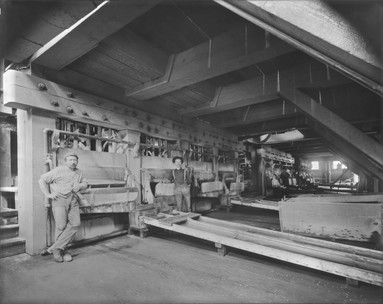 Courtesy of the Bancroft Library
Courtesy of the Bancroft Library
The plant consisted of two crushing mills one with sixty stamps called the Yuba and a second with 50 stamps called the Hitchcock. Each stamp weighted 750 pounds, dropping eight inches, eighty times per minute, with a capacity of two tons per stamp in each 24 hour period. The mills were water powered and had four separate concentrators. 31,580 tons of ore were extracted and milled in 1883 with a yield of $6.70 per ton with a cost of $4.97 for mining and an additional 50 cents in milling costs. In addition to the mills there was an immense boarding house, private cottages for lead employees, a blacksmith and carpenter shop, and telegraph office and refining rooms.
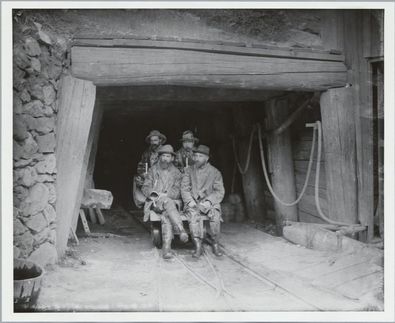 Sierra Butte miners on cart - Courtesy of Bancroft Library
Sierra Butte miners on cart - Courtesy of Bancroft Library
An adjoining mine called the Independence was also quite rich but badly managed and had lost several mills by snow slides and did not recover. Another newer mine called the Monumental mine turned out a piece of gold weighing 106 pounds in 1869 as published by the New York Times. In addition to the mines and mills there were as many as 20 Arastras working up and down the buttes over the years.
Today there is nothing left of the mills, buildings or any other evidence other than leftover tailings from the massive operation.
Today there is nothing left of the mills, buildings or any other evidence other than leftover tailings from the massive operation.
